Whether you're adding local movies or just want the stability of Ethernet, USB-C hubs are the way to go.
I've been using the Chromecast with Google TV for the past two weeks, and I'm largely in love with this little dongle and its even littler remote. The new interface is an adjustment, but the improvements to Google Assistant and the ease of finding new content is wonderful. There's only one real downside to using the Chromecast with Google TV instead of my 2015 NVIDIA Shield TV, and it's that there's only one port on the Chromecast: a single USB-C port.
But as a Chromebook enthusiast, I learned years ago: if something only comes with a USB-C port, the first thing to buy for it is a great USB-C hub, and the Chromecast with Google TV has two great reasons for you to do the same.
Eliminate glitches and lag with Ethernet
I was used to using Ethernet with my NVIDIA Shield — Wi-Fi bug, long story — and didn't think I'd need to bother with Ethernet on the Chromecast. Within three days, I plugged in a hub for Ethernet and never looked back. Even if you have good Wi-Fi speeds, you're probably going to want Ethernet for your Chromecast with Google TV, too, and it all boils down to buffering speeds.
See, while only on Wi-Fi, I'd start a new episode of some anime on VRV, but it would be low-resolution for the first five minutes unless I paused the episode and let the stream pre-load for better rendering. Once I plugged in an Ethernet cable, I saw 10-15 seconds of low-res before it kicked over to HD.
Speed is critically important for streaming.
There are two reasons for this. The first is that Ethernet will almost always be prioritized over Wi-Fi traffic, so Ethernet gives you better, more consistent data. This is why gamers almost always use Ethernet even though consoles have had Wi-Fi for generations.
Second, and more importantly, is the amount of processing power that the Chromecast with Google TV has onboard. My NVIDIA Shield never saw much in the way of buffering issues on Wi-Fi because it was powered by the NVIDIA Tegra X1 processor, which has four ARM Cortex-A57 cores and four ARM Cortex-A53 cores, and 3GB of RAM. By comparison, the Chromecast with Google TV only has an Amlogic S905D3, with four ARM Cortex-A55 cores, and 2GB of RAM.
Less RAM and more modest hardware mean that the Chromecast with Google TV needs every advantage it can get when it comes to rendering. A faster, more stable Ethernet connection is exactly what the doctor ordered, and a USB-C hub with an Ethernet plug gives you more flexibility over the built-in USB-C cable on the proprietary Ethernet adapter for Chromecast with Google TV.
Add extra storage for offline movies
The 8GB of internal space onboard the actual Chromecast with Google TV — half of which is taken up by the system itself — is almost certain to be filled up just by your apps and cached data, so if you want to watch any videos locally, you're going to have to add on external storage. Adding on a hard drive isn't too difficult, but since there's only one USB-C port, you have to use a USB-C hub in order to power the Chromecast and access the external flash drive at the same time.
While I don't watch local videos nearly as much as I used to — why watch SD local copies when I can watch it in high def on a half-dozen streaming services? — but having the option is very useful. Whenever the internet goes out, it means you'll still have something to watch, something that's becoming rarer as fewer and fewer people buy Blu-rays and DVDs.
While Android TVs can serve as Plex servers, the Chromecast is 100% not the right tool for the job — you can't even switch between apps without having to reload each one from the home page — it's nice to still have a local media player option the way you would on a more traditional console box.
What else would you add?
A USB-C hub can have other uses, too. You could add a keyboard that uses a wireless dongle — I know I wanted one when I was logging into all my different apps — or add a controller when playing a game. But Ethernet alone is worth using a USB-C hub so that you're not limited by the length on the official Chromecast with Google TV Ethernet Adapter.
What functions would you like to see come to Chromecast with Google TV in the future? Share them in the comments below — along with what you're watching on your Chromecast with Google TV right now!
Bring Your Own Cable
Uni 8-in-1 USB-C Hub
This credit-card sized hub allows you to swap out the host cable for a longer C-to-C cable and keep the hub on your desk while your laptop sits in an elevated stand. It also comes in two sizes: a 6-in-1 without Ethernet and an 8-in-1 with Ethernet.
Revolutionary upgrade
Chromecast with Google TV
Google wins the living room!
The Chromecast with Google TV marks the beginning of a new vision for Google's presence in the living room: the new Google TV interface is a massive upgrade, making it easier than ever to find what you want to watch and knowing where you can watch it. The remote is also perfectly sized for easy app-surfing and comes in three cute colors.
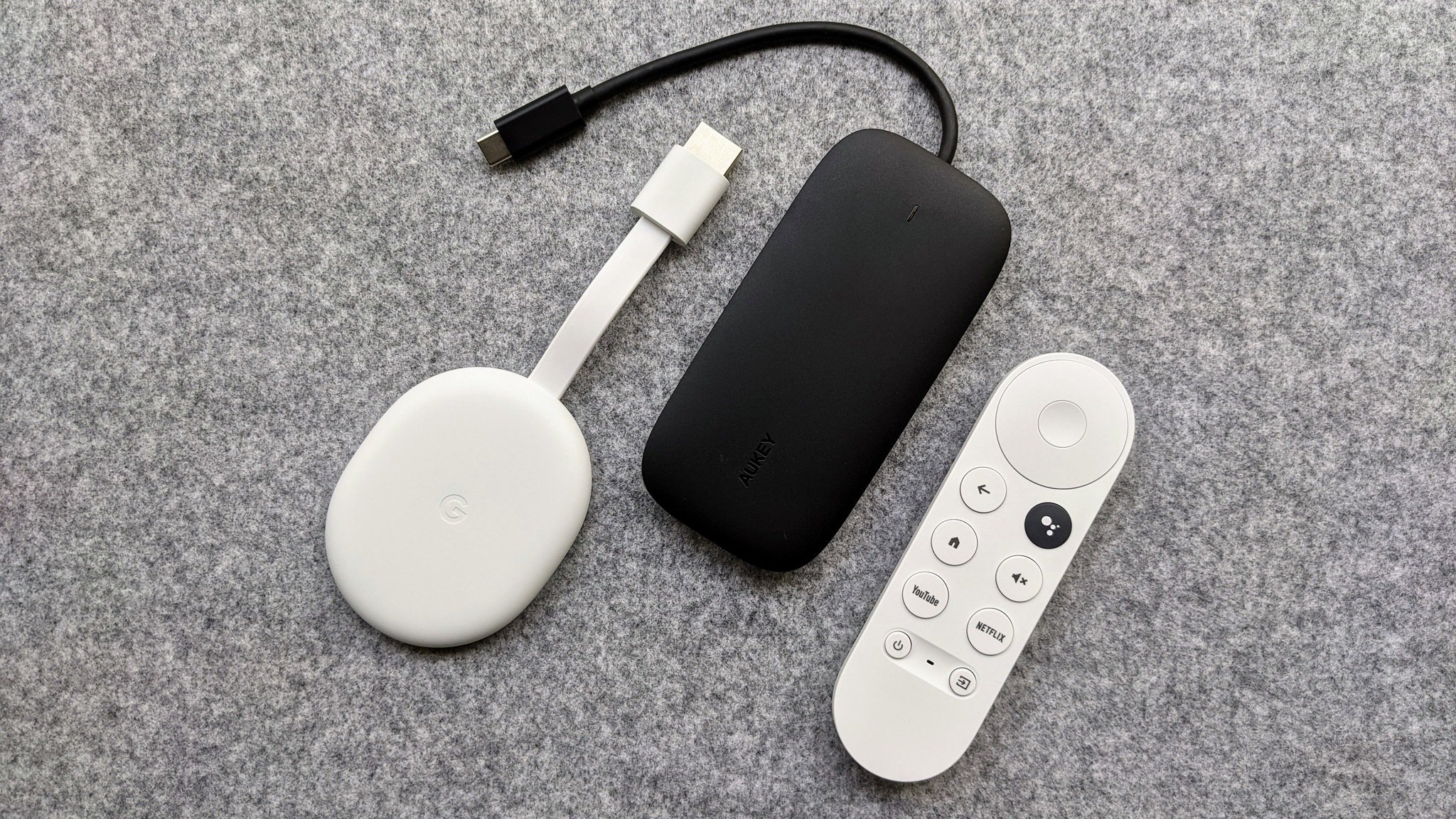
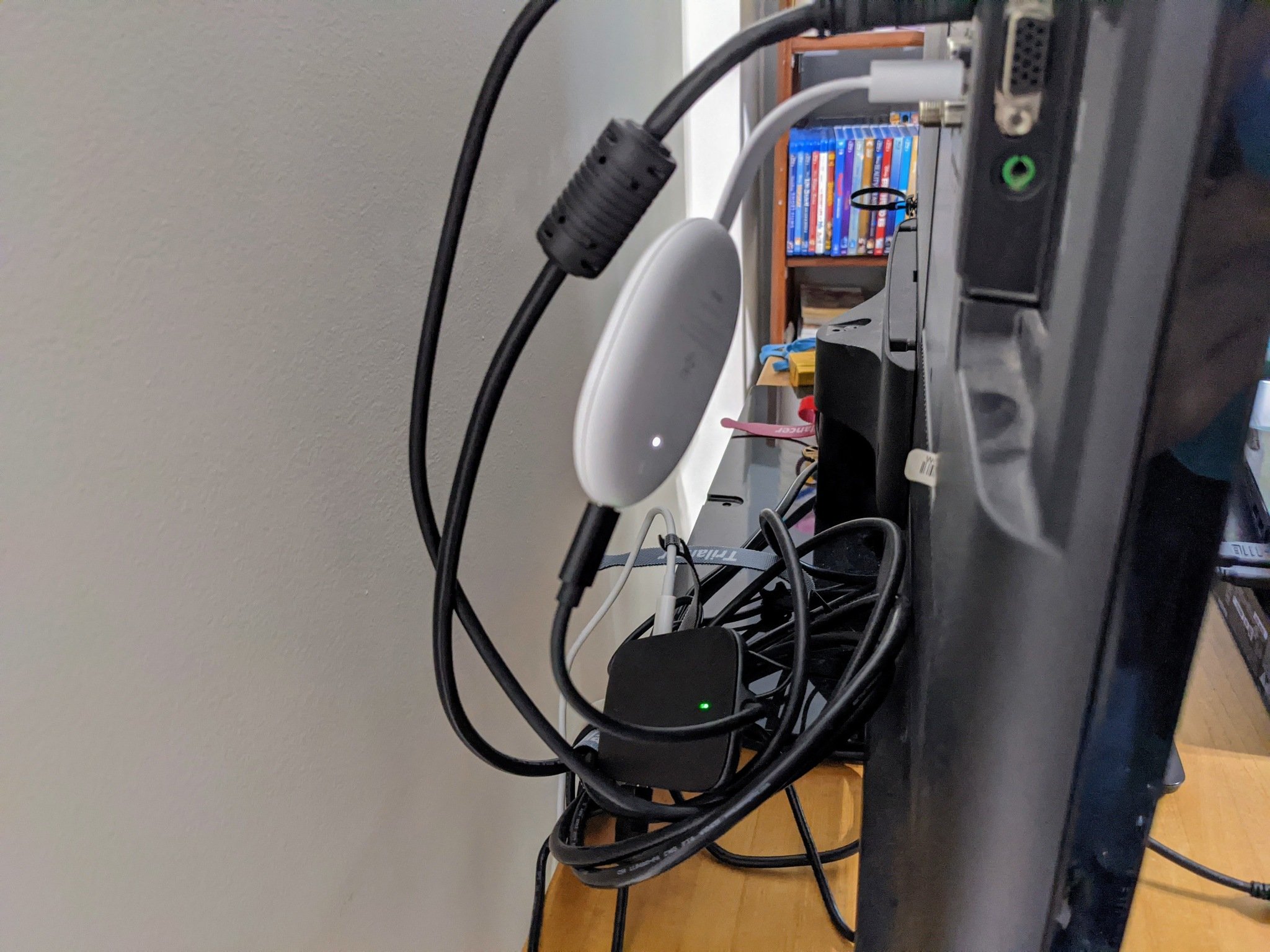
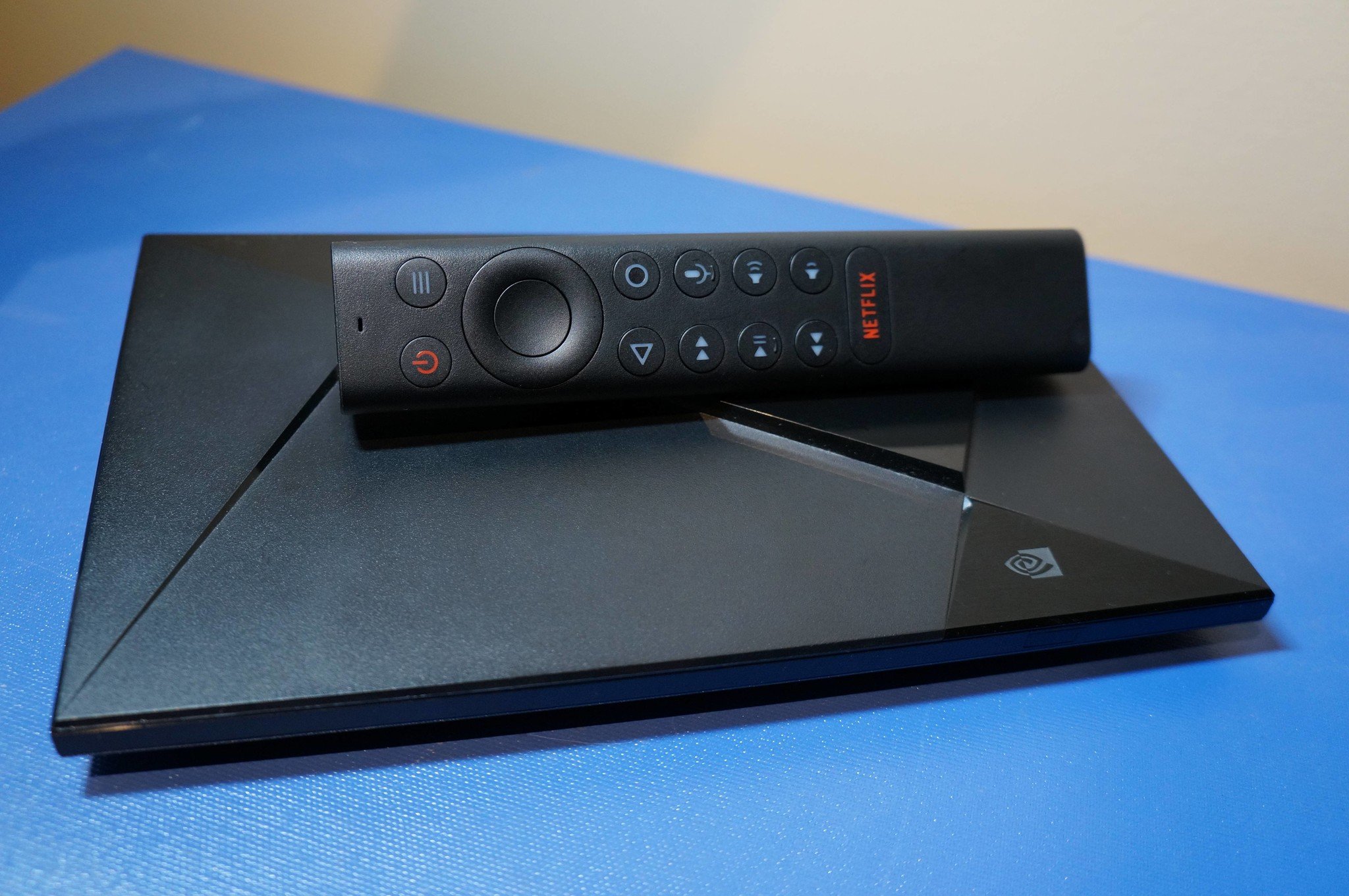
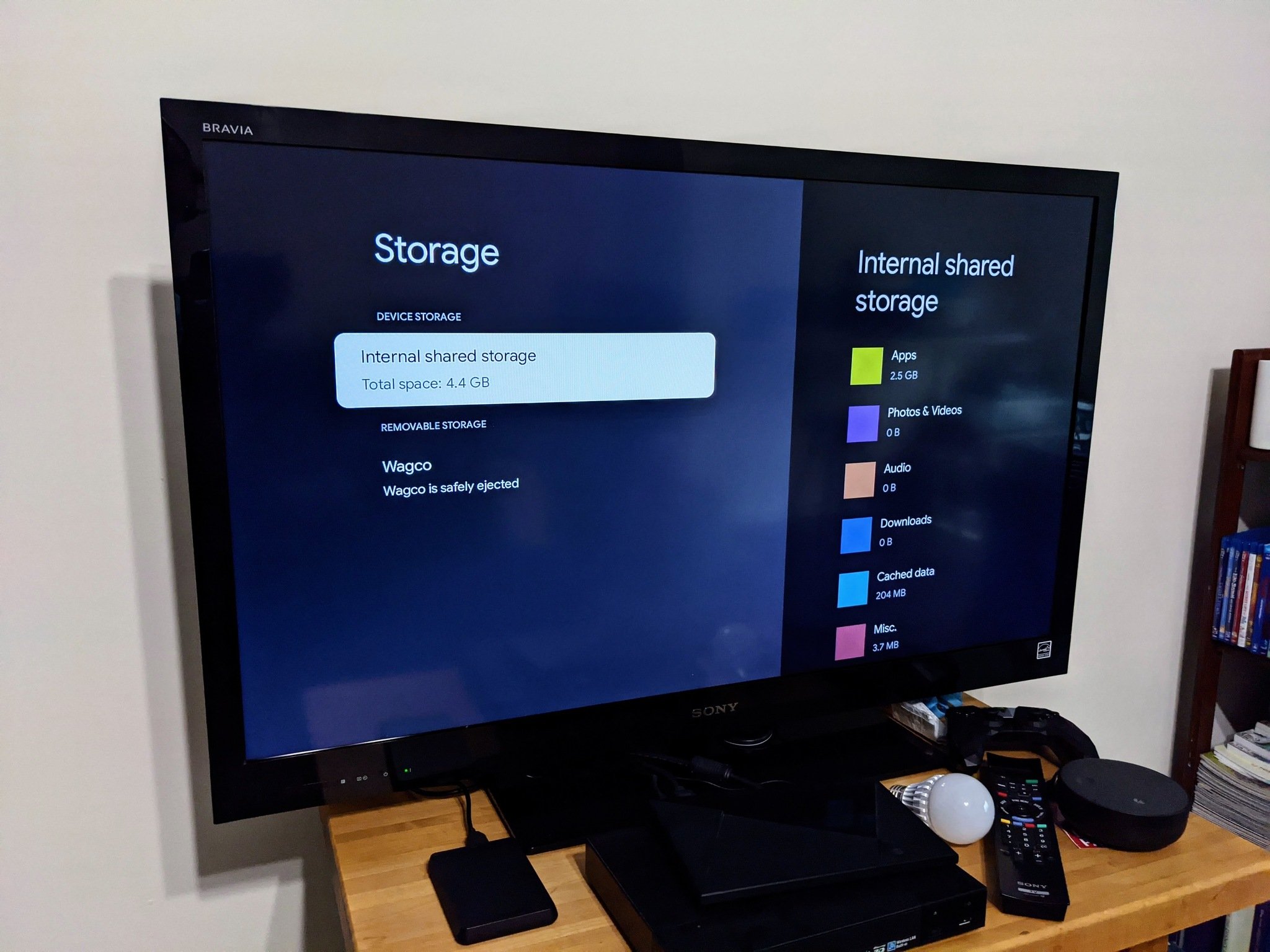
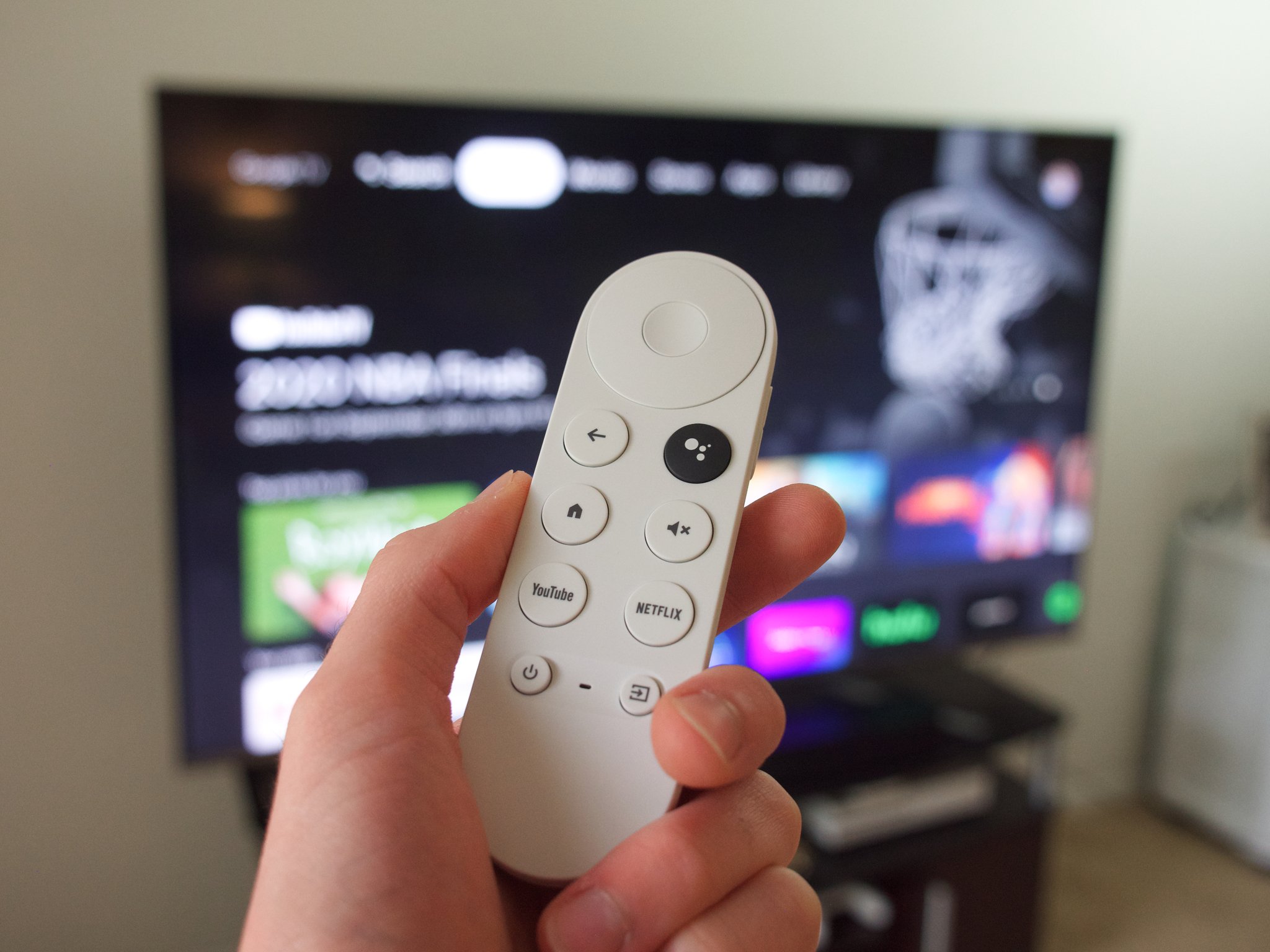
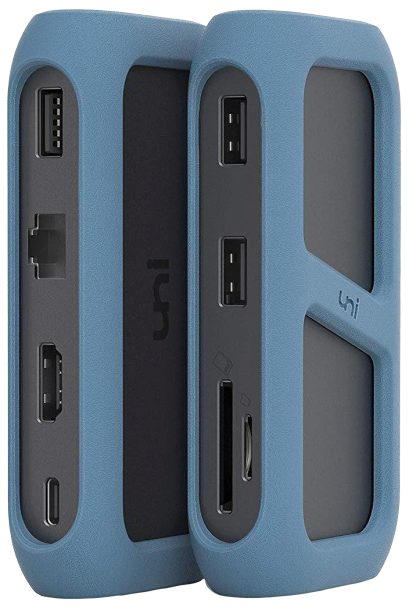
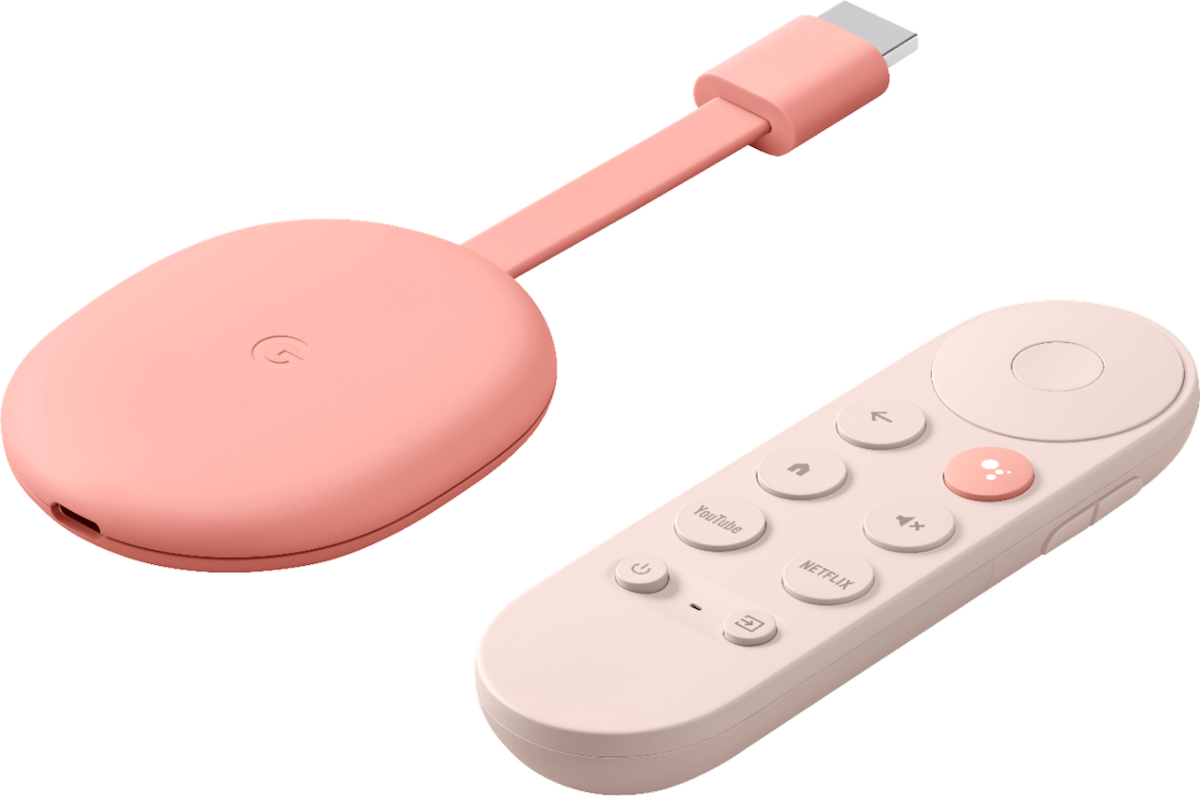
0 Response to "You Can See More: Why a USB-C hub is the best accessory for your Chromecast with Google TV"
Post a Comment